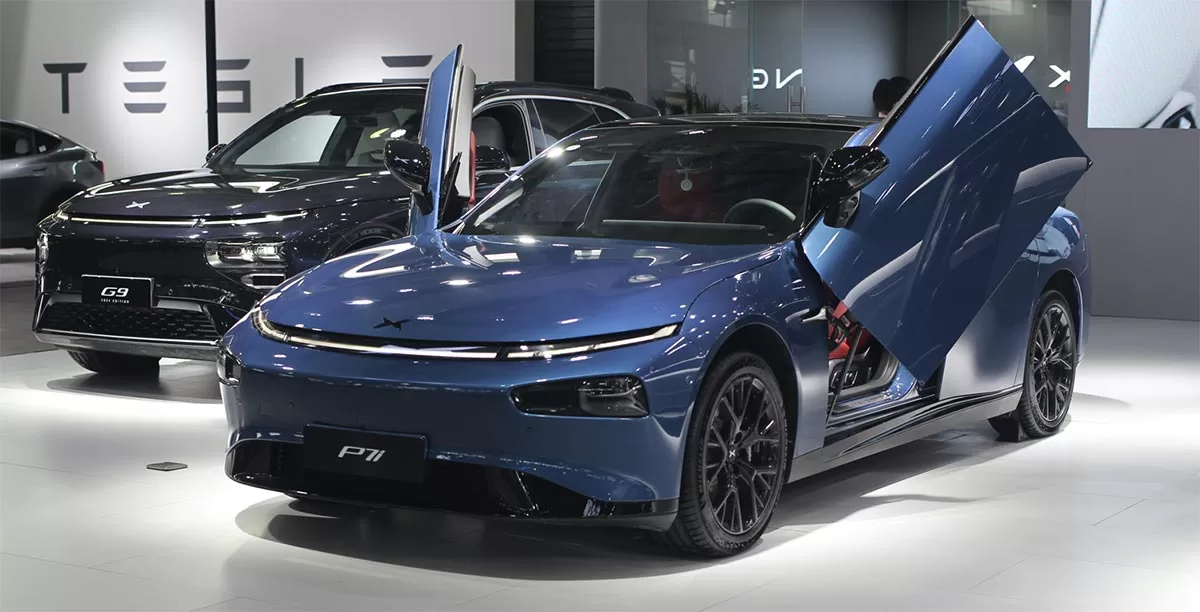Xpeng يعيد هيكلة R&فريق D يشحذ التركيز على التكنولوجيا الشاملة
Xpeng يعيد تنظيم R&D Structure to Focus on End-to-End AI Large Models

وفقا لوسائل الإعلام المحلية, إكسبينغ has restructured its organizational setup to concentrate on end-to-end artificial intelligence (منظمه العفو الدوليه) نماذج كبيرة, التوافق مع التحولات في مشهد تكنولوجيا القيادة الذكية.
على غرار منافسيها المحليين Nio (رمزها: نيو) و لى السيارات (ناسداك: لي), Xpeng has overhauled its organizational structure to place a greater emphasis on end-to-end technology. The reorganization primarily affects the technology development department, which oversees algorithm development for perception, planning, control, and localization.
Under the new structure, Xpeng’s technology development department has been divided into three distinct units: AI end-to-end, AI applications, and AI efficiency. This realignment splits the algorithms team into two primary functions: one focused on model development and the other on feature delivery.
The move follows recent adjustments by Nio and Li Auto, both of which have also restructured their teams in response to changes in the technology route. في وقت سابق من هذا العام, تسلا (ناسداك: تسلا) launched FSD V12, which demonstrated favorable outcomes, further solidifying the end-to-end large model technology as an industry standard.
في يونيو, منفذ إعلامي محلي آخر, LatePost, reported that Nio had reorganized its smart driving team to prioritize end-to-end technology. Nio integrated its perception and planning control teams into a large model team, while reorganizing the integration team into a technology delivery team.
في يوليو 17, 36kr revealed that Li Auto established an end-to-end large model autonomous driving team comprising over 200 الافراد, with additional staff providing flexible support as needed. Li Auto’s smart driving team is divided into two main groups—algorithm development and mass production development—with a total workforce of around 800 people.
These changes reflect the growing trend among Chinese carmakers to adopt end-to-end large model technologies, following the success of Tesla’s approach.

 السيارات في الصين
السيارات في الصين